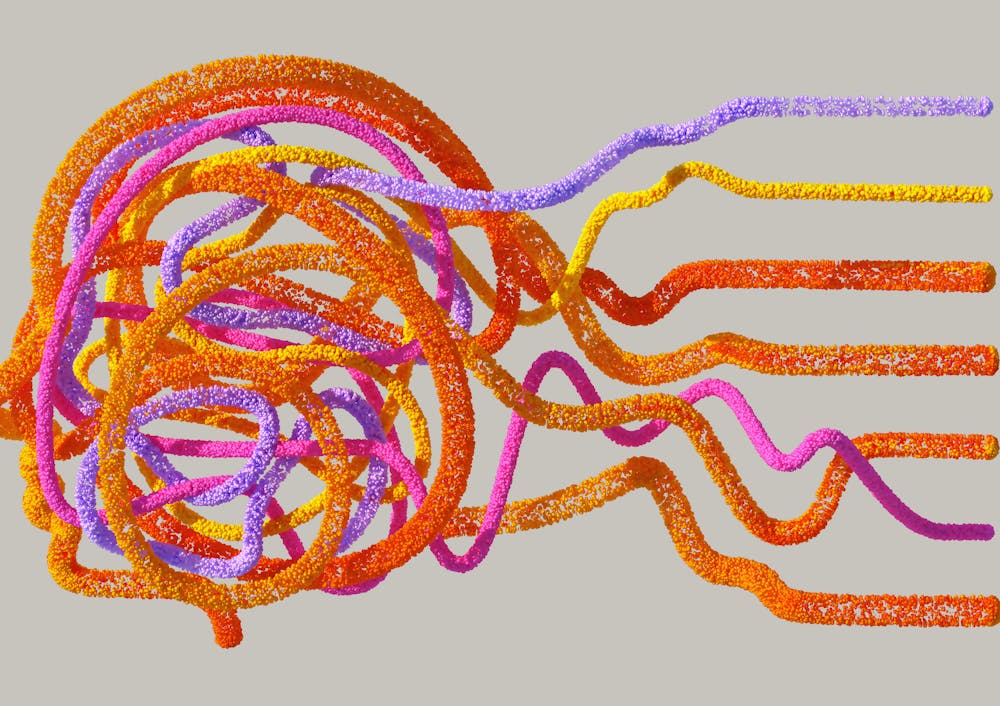Change is one of the few constants in life. Whether self-initiated or externally imposed, change demands mental, emotional, and sometimes physical adaptation. In the context of lifestyle transformation, understanding the psychology of change becomes essential. The process involves more than making decisions or setting goals; it requires a deep internal shift in perception, motivation, and behavior. Lasting change depends heavily on the ability to reframe one’s mindset, challenge internal narratives, and engage in consistent action driven by purpose.
Psychological change does not occur in a vacuum. It is rooted in human cognition, emotion, and experience. People tend to resist change due to fear of the unknown, loss of control, or the comfort found in familiarity. The mind is wired to seek stability and predictability, making even beneficial change a complex task. Recognizing the mental mechanisms behind change can lead to more sustainable lifestyle shifts and reduced internal conflict.
Understanding how change works at a psychological level can unlock new levels of personal development. From habit formation to behavior reinforcement, the transformation process often mirrors the stages of psychological evolution. Grasping these stages and the forces at play during each of them can make the difference between fleeting motivation and long-term transformation.
The Role of Education in Psychological Reorientation
One often overlooked component of psychological transformation is education—not only as a process of acquiring information but also as a method of mental reconditioning. Higher education, particularly in fields that explore human behavior, plays a crucial role in facilitating personal growth and life changes. Immersing oneself in academic environments dedicated to understanding the mind fosters introspection, critical thinking, and resilience—essential traits for anyone seeking sustainable lifestyle changes.
For instance, individuals pursuing 3 year PsyD programs online are not just training for a profession; they are also engaging deeply with theories of behavior, change, and healing. Such academic exposure empowers students to analyze the motivations behind human action and the psychological hurdles to transformation.
The process of acquiring psychological insights through structured, advanced learning equips people with a nuanced perspective on human behavior. This deeper understanding often translates into more conscious decision-making in everyday life.
Education in psychology, especially when deeply immersive, also enhances emotional intelligence. It teaches patience with oneself and others during the transformation process.
The Emotional Landscape of Change
Emotions serve as the compass during any significant life transformation. People rarely change in the absence of strong emotional motivation. Joy, pain, anger, hope, and even fear become signals that push individuals to evaluate and reconfigure their choices. However, the presence of emotion alone does not ensure success. Understanding emotional triggers, managing responses, and cultivating self-awareness is critical in managing change effectively.
Emotional responses to change often include anxiety and resistance. This resistance is not simply about reluctance—it stems from the subconscious belief that the current state, even if unsatisfactory, offers safety. To break free from such emotional strongholds, people need to create new emotional anchors aligned with their vision of a better life.
Developing emotional resilience is a powerful strategy during transformation. Resilience does not eliminate discomfort but enables individuals to move through it without giving up. Techniques such as journaling, mindfulness, and emotional regulation help build this capacity.
Cognitive Patterns and Habitual Behavior
Thought patterns shape behavior, and behavior reinforces those very thoughts. This loop, often referred to as the cognitive-behavioral cycle, has a significant impact on lifestyle choices. For meaningful transformation to occur, individuals must first identify the thought patterns that sustain their current behaviors. Negative self-talk, limiting beliefs, and automatic reactions become mental roadblocks that need conscious redirection.
Breaking these cycles involves reprogramming cognitive responses. This may include replacing self-defeating internal dialogue with affirming language or reframing challenges as opportunities for growth. It also requires observing behavioral cues and implementing conscious pauses before acting on habitual responses.
Small, consistent interventions in this area can lead to substantial long-term change. By aligning thought patterns with desired outcomes, people can slowly shift away from reactive behavior toward intentional living.
Motivation, Intention, and Willpower
Motivation is often misunderstood as a static force. In reality, it fluctuates based on internal and external stimuli. Sustainable lifestyle transformation depends less on fleeting motivation and more on clear intention and disciplined willpower. Intention gives direction, while willpower sustains effort during periods when motivation wanes.
Willpower can be strengthened like a muscle. It improves with deliberate practice, including setting boundaries, prioritizing values, and following through on commitments. Techniques such as visualizing long-term goals and creating structured routines contribute to greater self-discipline.
Moreover, understanding intrinsic versus extrinsic motivation is critical. While external rewards can kickstart action, intrinsic motivation—driven by personal values, passion, or purpose—is what fuels long-term transformation.
Social Influence and Environmental Factors
The environment plays a crucial role in reinforcing or derailing lifestyle changes. This includes both the physical space and the social networks surrounding an individual. Supportive environments cultivate accountability and motivation, while toxic or unsupportive surroundings can sabotage progress.
Social influence can either empower or discourage transformation. Encouragement, shared goals, and healthy peer pressure can accelerate positive change. Conversely, skepticism, criticism, or envy from others may cause doubt and self-sabotage. Choosing the right associations, creating environments conducive to growth, and setting clear boundaries are necessary steps in preserving momentum.
Lifestyle transformation is rarely a solo journey. Human beings are inherently social creatures, and community engagement is often a crucial element in long-term success. Whether through mentorship, support groups, or positive role models, the presence of like-minded individuals helps reinforce new identities and behaviors.
Reinforcement and Long-Term Integration
Lasting change does not come from one-time decisions; it results from repeated action over time. Reinforcement solidifies new behaviors into habits. Positive reinforcement, in particular, rewards desired behaviors and encourages their continuation. This may involve celebrating small wins, tracking progress, or rewarding consistency.
Over time, these reinforcements reshape identity. People stop seeing themselves as individuals attempting change and begin to identify with the new version of themselves. This identity shift is key to long-term integration. When change becomes part of who a person believes they are, the effort required to maintain it decreases.
Additionally, setbacks are inevitable. What matters most is how they are interpreted. Viewing relapses or mistakes as part of the learning curve rather than evidence of failure encourages resilience and persistence. Long-term transformation includes adapting to setbacks and maintaining focus on the overall direction rather than temporary outcomes.
All in all, the psychology of change is central to understanding how and why people transform their lifestyles. It is not enough to want change; individuals must understand the mental and emotional forces that guide behavior.


